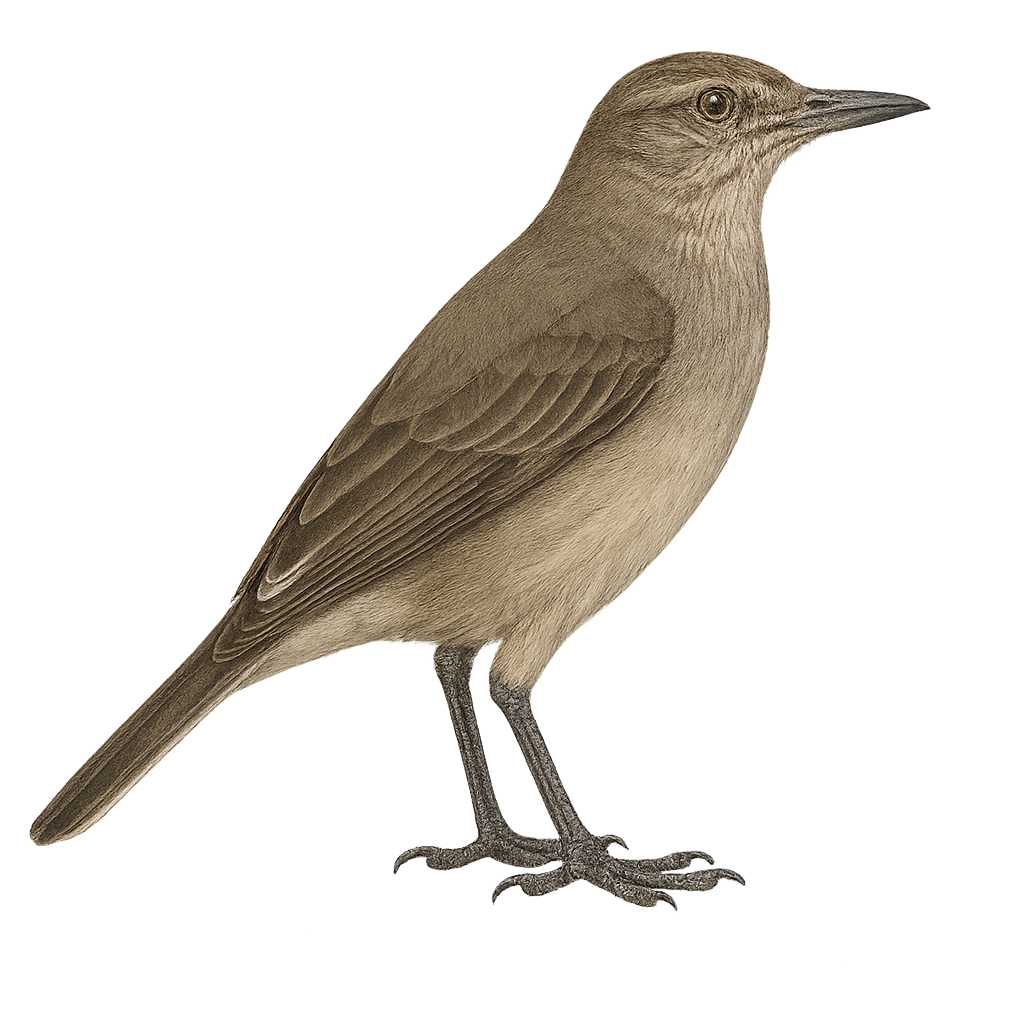Your wildlife photography guide.
Explore the mountain shrike-tyrant in detail, study its behavior, prepare your shots.
Where to observe and photograph the mountain shrike-tyrant in the wild
Learn where and when to spot the mountain shrike-tyrant in the wild, how to identify the species based on distinctive features, and what natural environments it inhabits. The WildlifePhotographer app offers tailored photography tips that reflect the mountain shrike-tyrant’s behavior, helping you capture better wildlife images. Explore the full species profile for key information including description, habitat, active periods, and approach techniques.
Mountain Shrike-Tyrant
Scientific name: Agriornis montanus

IUCN Status: Least Concern
Family: TYRANNIDAE
Group: Birds
Sensitivity to human approach: Suspicious
Minimum approach distance: 10 m
Courtship display: October to December
Incubation: 16-18 jours
Hatchings: October to January
Habitat:
Mountain forests, alpine meadows, shrublands
Activity period :
Primarily active during the day, with peak activity in the morning and late afternoon.
Identification and description:
The Mountain Shrike-Tyrant, or Agriornis montanus, is a medium-sized bird belonging to the Tyrannidae family. It is primarily found in the mountainous regions of South America, particularly in the Andes. This bird is characterized by its gray-brown plumage, with lighter shades on the belly and slightly darker wings. It has a sturdy beak, adapted to its diet mainly consisting of insects and small invertebrates. The Mountain Shrike-Tyrant is often seen perched on branches or rocks, from where it monitors its territory. Its song is discreet but plays an important role in communication between individuals. Although relatively tolerant of human presence, it prefers less frequented areas.
Recommended lens:
400 mm – adjust based on distance, desired framing (portrait or habitat), and approach conditions.
Photography tips:
To photograph the Mountain Shrike-Tyrant, it is advisable to use a telephoto lens of at least 400mm to capture detailed images without disturbing the bird. Look for open areas in mountain forests or alpine meadows where it is likely to perch. Be patient and discreet, as although it is relatively tolerant, it may fly away if you get too close. Take advantage of the early morning or late afternoon hours to benefit from soft, natural light.
From knowledge to field practice
A species profile helps you understand an animal. In the field, the challenge is often different. Remembering your own observations.
The WildlifePhotographer app allows you to:
• record your personal observations
• note locations, dates, and behaviors
• revisit your field references over time
• build a private and long-term field logbook
The app does not provide observation locations.
It helps you organize what you actually observe, with respect for wildlife.

